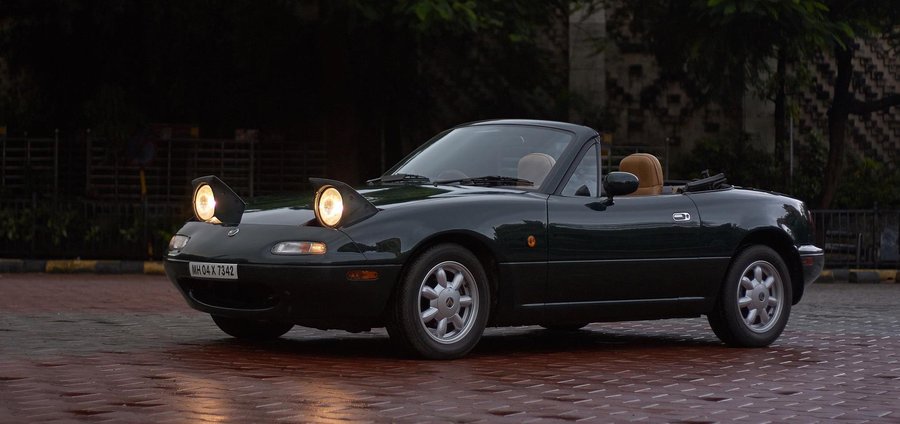FIVA Adds Mazda MX-5, Renault Clio, Lamborghini Diablo to Classic Cars List

FIVA lists two more requirements, starting with the technical and cultural heritage of the car. Last, but certainly not least, a historic vehicle can be considered as such as long as it's not used as a daily driver. That's a bit curious if you remember how many high-mileage Mazda MX-5 Miata are out there, but then again, the first generation is a classic!
"There's no magic rule to say when a vehicle becomes a classic," commented Tiddo Bresters, president of the Fédération Internationale des Véhicules Anciens. "Reaching 30 years of age is one of our clear criteria, so in 2020 we're delighted to welcome a whole new raft of 1990 classics to the fold."
The NA MX-5 - recognizable through the pop-up headlights that were dropped by the NB - is joined by the Honda NSX, the original that was developed with the help of the one and only Ayrton Senna.
The Renault Clio supermini, Trabant 1.1, Volkswagen Transporter T4, Lamborghini Diablo, Lotus Carlton, Harley-Davidson Fat Boy cruiser motorcycle, Norton F1, BMW E36, Nissan Primera, Land Rover Discovery five-door SUV, Maserati Shamal, and Ford Fiesta RS Turbo also meet the federation's requirements. To those, the FIVA has also added the Aston Martin Virage Volante, Fiat Tempra, Toyota Previa, and Suzuki VX800 naked bike.
Arguably the worst motor vehicle mentioned in the previous paragraphs is the Trabant, a vestige of the Eastern Bloc that wasn't particularly comfortable, nor fast, and neither collectible. The 1.1 is the fourth and final series of the Trabant as we know it, featuring a four-stroke engine with similarities to the EA 111 four-cylinder powerplant from Volkswagen.
Coincidence or not, the Polo entered production in Zwickau a few months before the final Trabant rolled off the assembly line at VEB Sachsenring Automobilwerke. At the present moment, the German town is Volkswagen's electric manufacturing hub and the home of the ID.3 electric hatchback.
Nouvelles connexes


